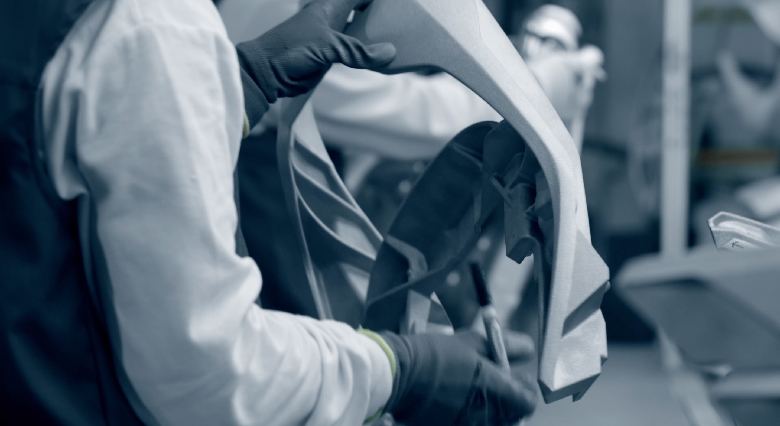
What Is Prototyping?
9.1.The role of prototyping in casting
Prototyping enables manufacturers to validate and optimize their casting designs before proceeding to mass production. It involves creating a physical model or a prototype of the intended cast part before full-scale production. In this article, we will explore the significance of prototyping in casting and how it contributes to the overall efficiency, cost-effectiveness, and quality of the casting industry.
By incorporating prototyping into the casting process, manufacturers can ensure the production of high-quality cast parts and reduce time and costs of casting. Prototyping plays a vital role in the casting industry as it offers numerous benefits, including design verification, material selection, process optimization, defect identification, cost reduction, shortened development cycles, and improved communication among stakeholders.
1. Design Verification: Prototyping allows manufacturers to verify the integrity and functionality of the casting design. By creating a physical representation of the part, designers and engineers can examine its form, fit, and function, ensuring that it meets the required specifications and performs as intended.
2. Material Selection: Different casting materials have distinct properties that can significantly impact the final product's performance. Prototyping helps in selecting the most suitable material for the specific application by evaluating how different materials behave during the casting process and in the final part.
3. Optimization of Process Parameters: Casting involves several process parameters, such as mold material, pouring temperature, and cooling rate. Prototyping helps manufacturers understand the effects of these parameters on the final product's quality and allow manufacturers to optimize the casting process for improved results.
4. Identification of Defects: During prototyping, any defects or imperfections in the casting design can be detected early on. This enables manufacturers to make necessary adjustments to eliminate potential flaws in the final production, saving both time and resources.
5. Cost Reduction: Prototyping before committing to full-scale production can save significant costs in the long run. Identifying design flaws or process issues early on helps prevent costly mistakes during mass production and reduce the need for reworking or scrapping parts.
6. Shortened Development Cycle: By catching and resolving potential issues in the prototyping phase, the overall development cycle is shortened. This means that manufacturers can bring their products to market more quickly, gaining a competitive advantage.
7. Enhancing Communication: Prototyping facilitates better communication between designers, engineers, and other stakeholders involved in the casting process. It provides a tangible representation of the intended product, making it easier for teams to collaborate and make informed decisions.
9.2. What are prototyping methods in casting?
Prototyping in casting might adopt a more modern method such as 3D printing or a more traditional method such as spin casting or machining.
- 3D Printing: 3D printing prototyping in casting refers to the use of additive manufacturing technology to create physical models of casts before mass production. In this process, a 3D printer deposits layers of material, such as plastic or resin, based on a digital design, gradually building the prototype. The geometric model of the 3D profile block generated in the CAD system is put into the rapid prototyping machine to make molding. This technique allows manufacturers to produce intricate and complex designs quickly and cost-effectively verifying the cast's design and functionality.
- Spin casting: In this process, metal is pressed into a rubber mold by centrifugal force. This method is suitable for low-volume projects with complex geometries and can produce prototypes with similar strength and dimensions as the final casting.
- Machining from bar stock: This is a process that guarantees speed and cost efficiency at low volume. This process is simple; a purified metal billet is cut down to part size and shape with a lathe or CNC machine. This process is faster and cheaper than other manufacturing processes because the material is readily available and no tool needs to be designed or built. However, this process has the drawback that the part has low ductility and tolerances are limited to the radius of the tooling machine.
9.3.What prototyping service does Ming Ming offer?
We have multiple prototype casting options. A prototype is usually a first-stage model per the customer's requirements. Prototyping helps the engineers and testers check the cast's performance in simulated and live conditions. After successful testing, the prototype can be incorporated into our production process.
We believe a prototype is a building block of success in any process. Therefore, our designing and processing with prototypes ensure a replica of your desired final products. A prototype helps us in several ways like ensuring cast quantity, best results in certifications and product customization based on customer needs. One important condition in this process is that we need proper communication and enough time from the customer side to formulate the process. We usually check the compatibility of your prototypes with our production system and modify them accordingly.
| Prev Back |
